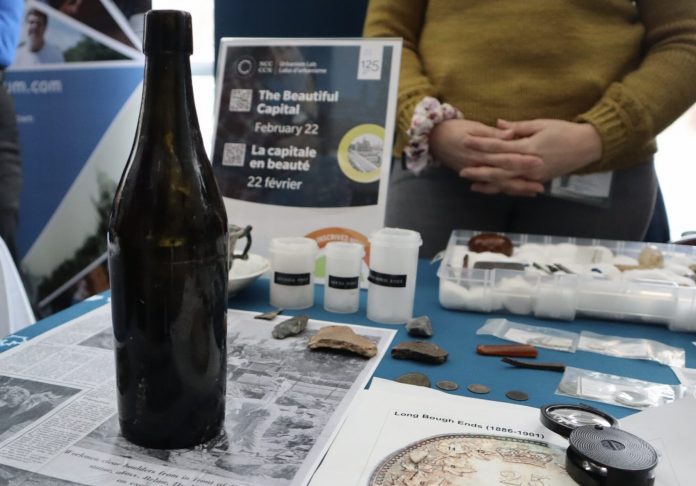Much of Ottawa’s past is hidden beneath layers of dirt. Everyday, commuters pass LeBreton Flats, unaware of the treasures buried below.
Since the 1990s, archeology teams from the National Capital Commission have been peeling away the surface at the former industrial site to learn more about how the city worked during the 19th-century Bytown era. Because of the great fire in 1900, much of its archives and history were lost.
Pieces of broken dishes, coins, and foundations of buildings have been discovered.
One of the greatest finds was remnants of the Malloch House and stables. Next to it were hundreds of old bottles in various shapes and sizes — some molded and others with hand finishes.
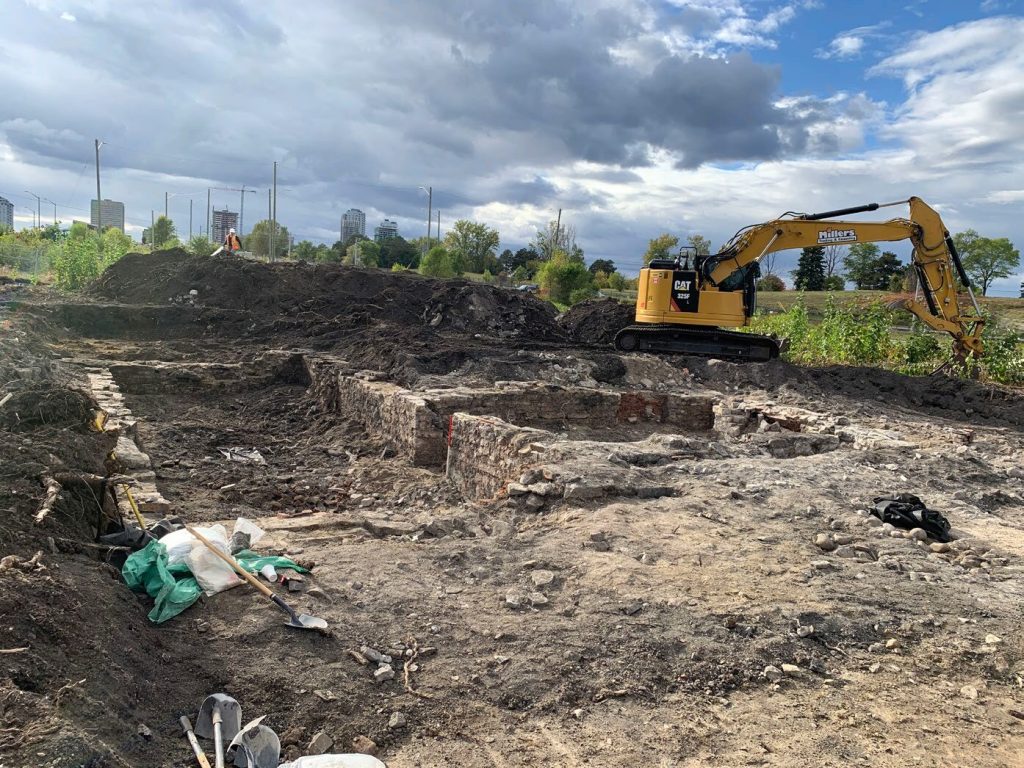
Monica Maika, acting manager of the NCC’s archeology program, said they believe the glassware came from a brewery that ran out of the site before the 1900 fire.
“Once the brewery closed, they no longer needed them and they were discarded in place,” said Maika. “What was really interesting was on the north side of the stable we could see where an addition was built because it was made of a different stone than the original.”
As a lawyer and politician, Edward Malloch moved to LeBreton Flats in the 1850s. His house, built sometime before 1861, was used as a brewery in the later half of the century. It’s believed the site was also once part of J.R. Booth’s Canada Atlantic Railway yard for piling lumber.
A shocking find at the Malloch site, Maika said, was a largely intact cobblestone courtyard which connected the home to the stables.
“At first I thought it could be the remains of a stone chimney,” she recalled. “But when we saw the remains of the drain that ran from the house to the stable, that was fascinating because I haven’t seen one like that in this area.”
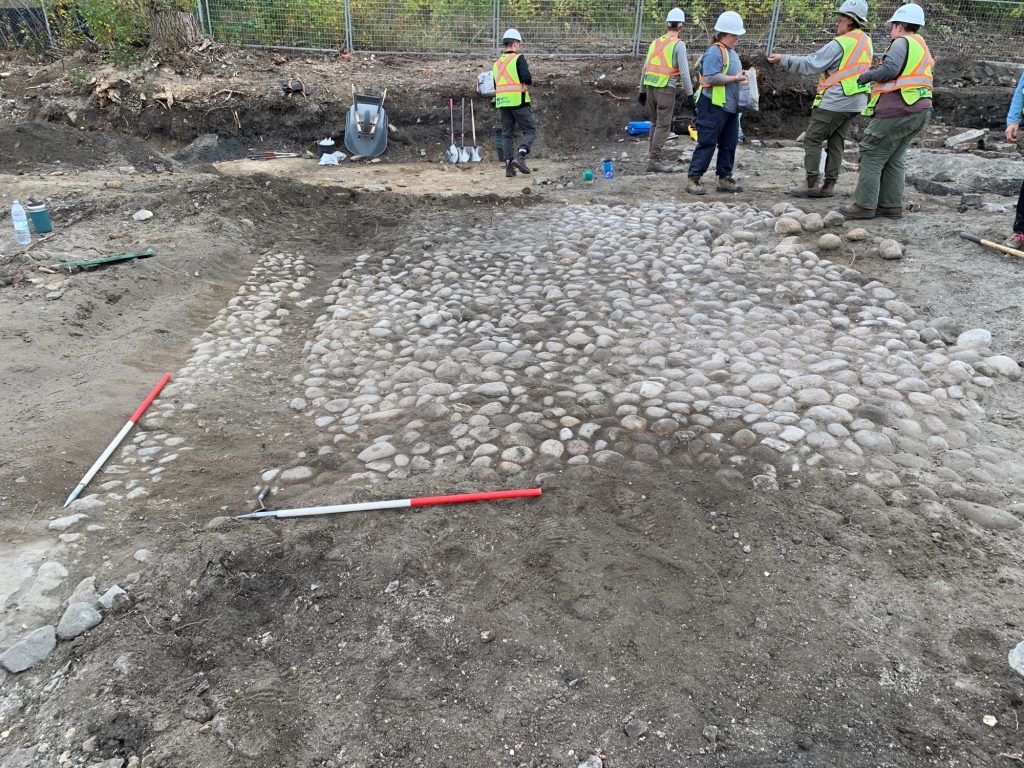
Photo provided by the NCC.
Some coins dating to the 1800s, pieces of ceramic, and the lid of a toothpaste jar were also unearthed for the first time in over a century. What was not discovered was an outhouse, something Maika was hoping to find. She said they were often used to discard items people did not want to be found.
Another dig occurred at the former site of the St. Lawrence and Ottawa Railway warehouse, but there was little of value. No Indigenous artifacts have been uncovered at any of the sites either.
“Based on oral history, we know that their ancestors would have used LeBreton Flats and camped or crossed the plains,” said Maika. “Given the amount of destruction that occurred during the great fire and industrial use of the area, it’s not surprising we haven’t found them yet.”
The demise of LeBreton Flats began in April 1962, when thousands learned they would lose their homes after the federal government announced a plan to reduce the pollution industry and began bulldozing deteriorating buildings in the area. The land has, for the most part, since remained untouched due to contaminated soil and disputes over what can be built there.
Today LeBreton Flats is primarily empty fields awaiting future development. The War Museum was constructed in 2005, and some road infrastructure projects, including realigning the parkway, have been built. The recently researched lands is where the new proposed Ottawa Senators Arena might one day welcome fans.
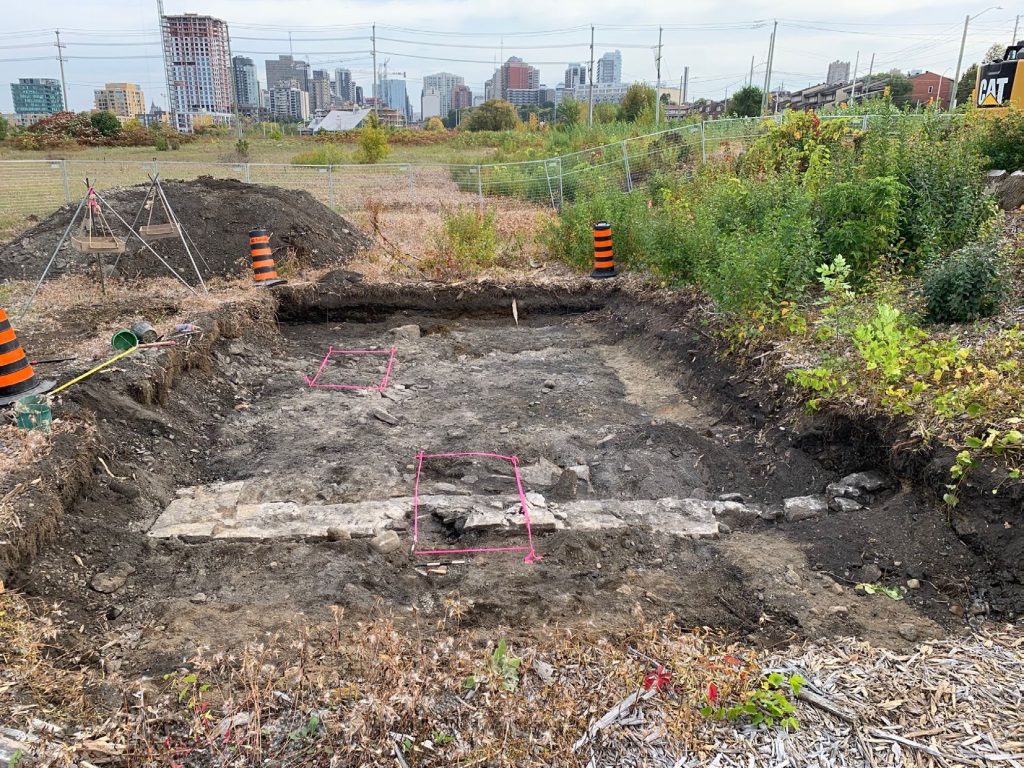
Westboro’s past uncovered
In Westboro, Bob Clark has been digging up part of that community’s past.
When the Westboro Beach redevelopment started, he was tasked with investigating the former Skead’s Mill, which was long forgotten.
“We found a lot of intact wall and floor remains [and] the boiler house had a lot of brick work intact,” said Clark, an archeology program officer with the NCC.
“We figured out how the sawmill sat on the site which people hadn’t understood before,” he added. “We found lots of interesting artifacts like boiler parts, pieces of the machinery, other lumbering tools, nails, hardware, things like that.”
Built by James Skead in 1869, the mill went bankrupt when there was a recession about a decade later. In 1880, Ezra Butler (E.B.) Eddy purchased the property and ran it for eight years until a “spectacular fire” burned it and surrounding outbuildings to the ground. It was never rebuilt.
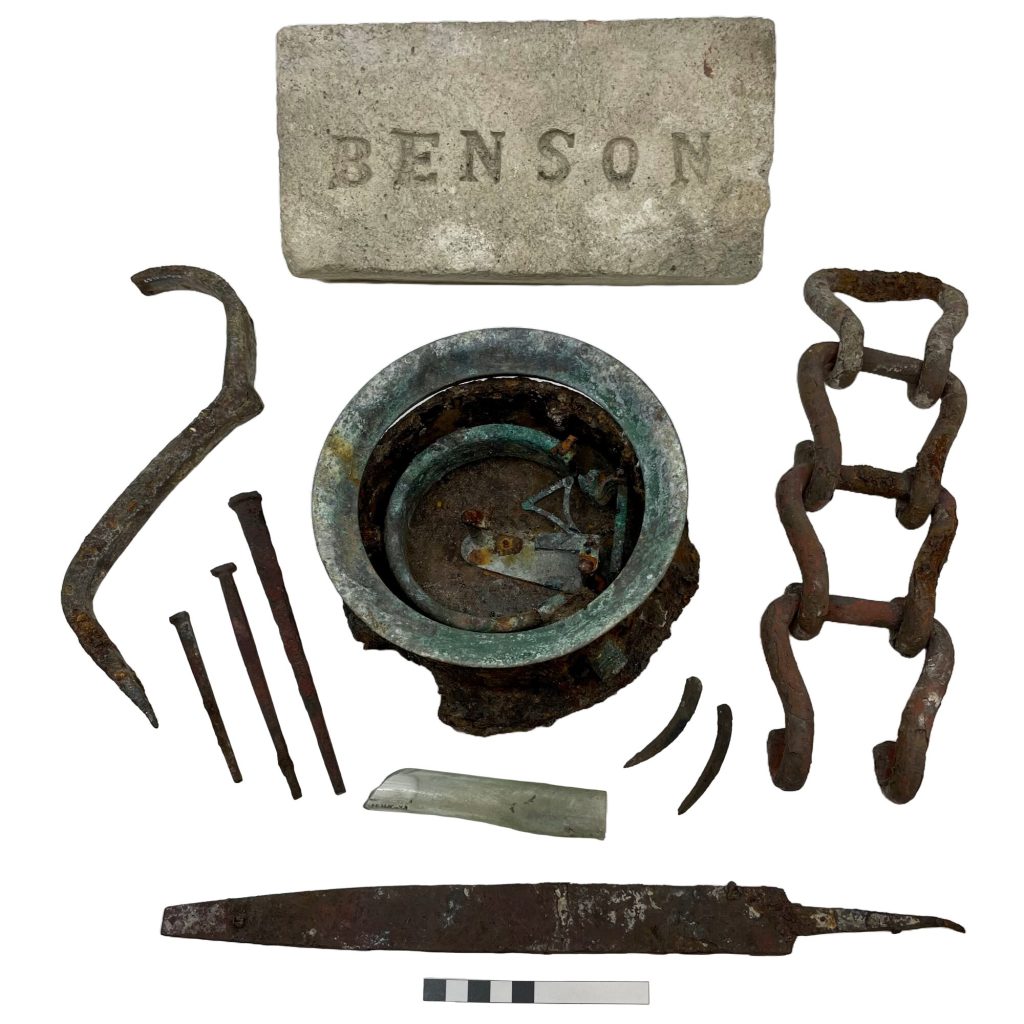
The smokestack remained a landmark at Westboro beach until the late 1920s or early 30s when it was torn down. When Clark dug up the site, signs of the fire were immediately noticeable and thousands of nails were discovered.
A few streets over, a few artifacts were also unearthed at Maplelawn Gardens, which is in the middle of having its stonewall rebuilt using original materials.
“Before municipal garbage pickup, a lot of waste ended up along walls. If you broke a plate for example, you’d dispose of it nearby,” said Clark.
Quick facts
- James Skead was born in England in 1817 and came to Canada at the age of 10 after his mother passed away. Skead’s list of accomplishments is extraordinary, acting as president for at least five major organizations including the Dominion Board of Trade. Politically, he served as a city councilor and represented Rideau in the Legislative Council of the Province of Canada.
- Ezra Butler (E.B.) Eddy first began manufacturing wooden matches by hand in Burlington, Vermont in 1851. Three years later, the then 24-year-old moved to Hull, Quebec, where he produced matches using discarded wood from the nearby sawmills. His business ventures quickly grew to be one of the biggest in the world. In 1882 his entire operation went up in flames but rose from the ashes quickly. When the great fire hit about two decades later, Eddy lost everything — net of about $3 million — but rebuilt it in a year.
- The great fire of 1900 is one of Ottawa’s greatest tragedies. It began at around 10:00 a.m. on April 26 when a defective chimney caught fire at a house in Hull. Huge lumber companies on the Rideau River made it quickly spread. Two thirds of Hull was destroyed alongside about one fifth of Ottawa. The fire raged all the way to Dow’s Lake. Two major ironworks, two flour mills, and both the Ottawa Electric Railway and Electric Lighting Company were destroyed. A fire break, luckily, stopped it from reaching Hintonburg. Seven people were killed and 15,000 were left homeless.
